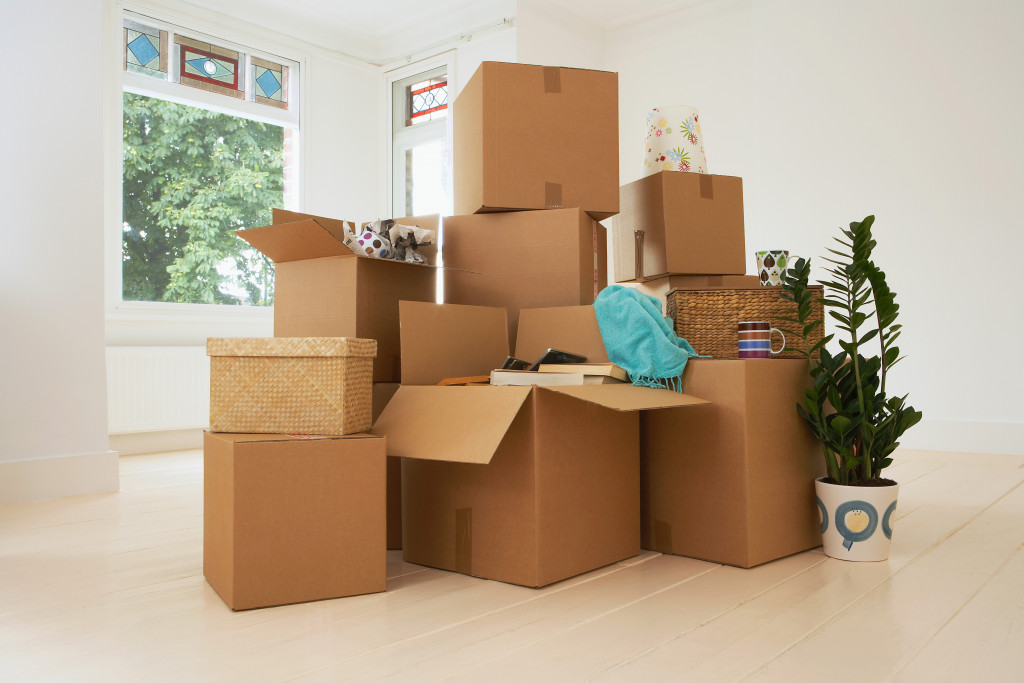The importance of proper product boxing cannot be understated. The first impression customers have of your business is what they see from the box that contains one or more items. If it’s damaged, crushed, torn, or mangled, you can bet that the customer will not buy from you again. It doesn’t matter how good your products are if the packaging is terrible because it dampens their enthusiasm for buying anything else in the future. So what can a company do to make sure they’re on top of things? Follow these tips to ensure successful packaging every time.
1. Make sure your packaging is fit for its purpose.
It should be designed to protect the product inside and withstand the journey to the customer’s door.
2. Use high-quality materials.
Cheap materials are more likely to tear or break, resulting in damaged goods.
3. Choose the correct size box.
Products can bulge out if the box is too small. The package can also give out in transit. On the other hand, items will move around and get damaged if a box is too large. It is also a waste of resources.
4. Pack items tightly.
Even with a box of the right size, there may still be spaces around the product. Fill empty spaces with padding. That will help prevent items from moving around and getting damaged in transit.
5. Use labels and instructions carefully.
Ensure they’re securely attached, so they don’t come loose and get lost in transit.
6. Use tape wisely.
Use high-quality tape to seal boxes securely, and avoid using too much or too little. Using too little will not secure the package well. Using too much is a waste of your resources. It will also annoy customers during unboxing.
7. Test your packaging.
Before using a new packaging design, test it out to ensure it’s up to the task.
8. Use branded packaging.
Make your paperboard packaging work for you by incorporating your brand identity into the design. That will help customers remember your business next time they need to buy something.
9. Keep packaging consistent.
If you’re selling multiple products, try to use similar packaging for all of them. That will make your business look more professional.
10. Make sure your packaging is recyclable.
Many customers prefer to buy from environmentally friendly companies, so using recyclable packaging is an important consideration.
11. Use eco-friendly packaging materials.
If you can’t make your packaging recyclable, use eco-friendly materials instead. These are made from renewable resources and are biodegradable.

12. Avoid using plastic packaging.
Plastic is one of the biggest environmental offenders in product packaging. If possible, avoid using it altogether.
13. Don’t forget about the unboxing experience.
Your customers will remember how easy (or difficult) it was to unbox your products. Make sure it’s a positive experience by using quality materials and thoughtfully designed packaging.
14. Make sure your packaging is eye-catching.
Your goal should be to make your packaging stand out from the competition. Use bright colors and exciting designs to achieve this.
15. Use unique packaging.
If you want to make an impression, use unique packaging that no one else is using. That will make your business look more innovative and forward-thinking.
16. Be careful with humor.
Humor can be a great way to make your packaging more memorable, but it can also backfire if it’s not done well. Use it sparingly and carefully so you don’t end up offending anyone.
17. Keep it simple.
Don’t try to cram too much information onto your packaging. Stick to the basics and make sure the critical information is easy to find.
18. Personalize your packaging.
If you can, add a personal touch to your packaging. That could be as simple as adding a handwritten note or using customers’ names on the shipping label.
19. Use data from your customers.
If you have data about your customers (e.g., their location, age, gender, etc.), you can use this to customize your packaging and make it more relevant to them.
20. Use different packaging for different products.
Different products will require different types of packaging. Make sure you’re using the correct type of packaging for each product to avoid damage and maximize efficiency.
21. Consider your packaging budget.
Packaging can be expensive, so make sure you consider your budget when making decisions. You don’t want to end up spending more than you need to.
22. Get creative with your packaging.
There are endless possibilities for packaging, so get creative and experiment with different ideas. The sky’s the limit!
23. Have fun with your packaging.
Your packaging reflects your business, so make sure it’s something you’re proud of. Have fun with it and make sure it reflects your brand’s personality.
Packaging is an essential part of any business. The packaging you choose should be able to protect your products and make them more memorable while also considering your budget. Follow these tips, and you’ll be on your way to creating the perfect packaging for your business.

